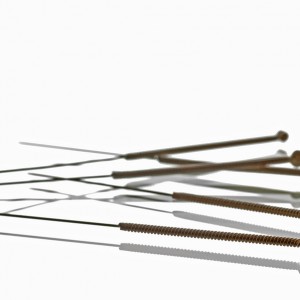Acupuncture is a traditional Chinese medical practice that involves the insertion of thin needles into specific points on the body known as acupuncture points. While the exact mechanisms are still being studied, there are several proposed theories on how acupuncture may help relieve pain: Traditional Chinese Medicine (TCM) Theory: According to TCM theory, acupuncture aims to balance the flow of Qi (pronounced “chee”), which is believed to be the vital energy that circulates throughout the body. Pain and illness are thought to arise from imbalances or blockages in the flow of Qi. By inserting needles into specific acupuncture points, acupuncture is believed to stimulate and restore the proper flow of Qi, thereby alleviating pain. Endorphin Release: Acupuncture may stimulate the release of endorphins, which are natural pain-relieving substances produced by the body. Endorphins can help reduce pain perception and promote a sense of well-being and relaxation. Neural Modulation: Acupuncture may […]

